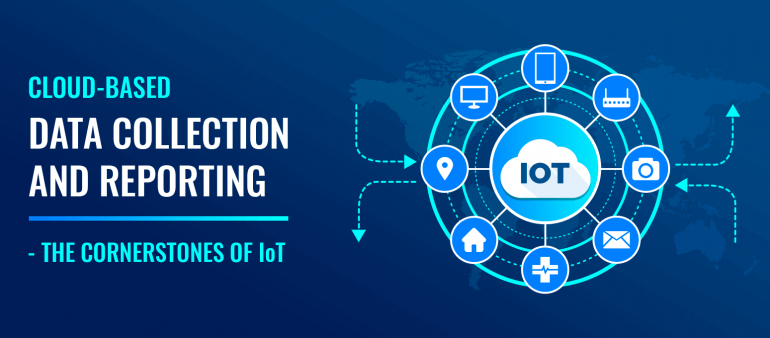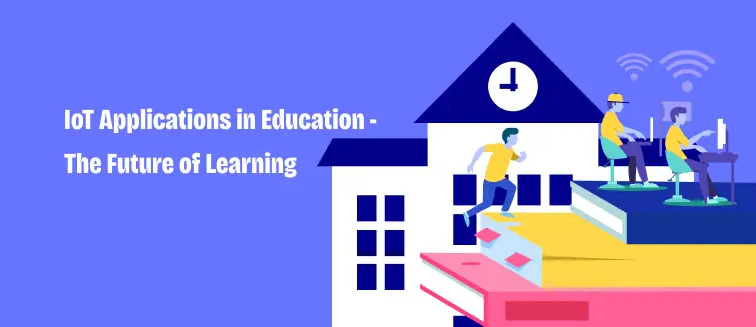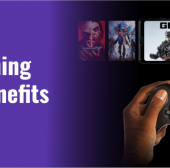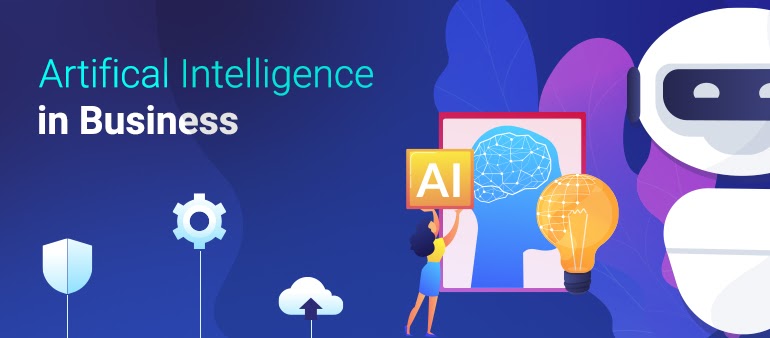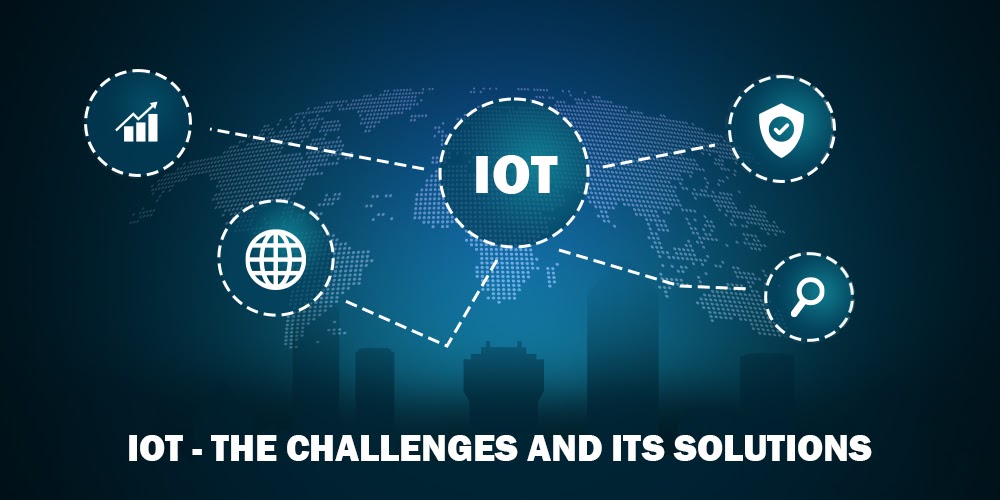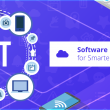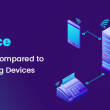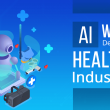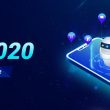With mass comes complexity
IDC says, by 2025 worldwide data will grow 61% to 175 zettabytes, with as much of the data residing in the cloud as in data centers.
Source: NetworkWorld
There's tons of data generated every minute of our lives. And with the rise of IoT, the quantum has only increased multifold. If we come to think of it, it's astonishing how IoT connects or has potential to connect anything to everything - from a pin so tiny to buildings so gigantic, of course, ensuing tons of data. No matter where you are, what you do, or where you go - whether you are using social media or finding a restaurant nearby. Your every action over the internet produces trails of information from different sources overflowing the systems whilst making operations complex. And with IoT, when it doesn’t even require a human action, the data generation is literally 24X7. And, this overwhelming massive and complex data called the Big Data and the complications that arose with it gave rise to cloud storage and computing.
Before I curb your curiosity and enlighten you on what goes on with all that data, let’s read a bit about the contribution IoT is making during this tough phase of COVID-19.
IoT, in the light of COVID-19:
The history in making
To make no bones about the relevance of cloud-based data processing, let’s take you through some real life instances. We’re all well aware of the outbreak that the whole world is going through but are we aware of the role that cloud data processing and IoT technology are playing along? I think not. How about I give you a walk through it?
1. Initially, as the infectious virus was on its spread, robot assistance was put to use to disinfect hospitals and perform delivery of medicines. Telehealth consultations through video conferencing during the lockdown and using IoT devices to perform digital diagnostics is also on the rise.
2. IoT is being utilized to monitor internet or social media data that can be used to detect the early stages of the virus.
3. Timely analysis of widespread data-sets (on the virus and people & places affected) generated through the Internet of Things and mobile devices is being carried out through data processing.
4. AI computing power is throughout being used for public research institutions around the world so as to accelerate the development process of new virus drugs and vaccines based on the massive scale of data coming in.
5. As coronavirus forced the world’s largest work from home, the demand for cloud-based video conferencing and online teaching skyrocketed.
These applications listed above are just a few of many contributions that this technology is showering upon the world during the tough times and the usuals.
Now, coming back to the question of how do machines grab hold of all the relevant data? It starts with the Sensors. That’s right!
Sensors and Power - run the IoT devices
The data input process involves data collection, encoding, transmission, and communication. There are innumerable smart wireless sensors (camera, accelerometer, GPS, etc) and actuators embedded in physical devices such as security systems, smart appliances, smart TVs, and wearable health meters, etc. that are connected through the internet. The sensors respond to specific types of conditions or changes in the physical world by generating a signal that represents the enormity of the situation being observed. The different sensing parameters here are light, heat, sound, distance, pressure, etc. Their primary purpose being data collection in the IoT architecture.
Nevertheless, the potential of IoT sensors generating ideas and possibilities is way beyond one can imagine. It’s about connecting the dots and understanding how a particular type of sensor can collate specific data in different ways. The process sets off by first understanding the environment and data. Then the relevant and structured data is accepted to achieve overarching objectives. For the use of this, there is a staggering range of sensors, depending on the demand of the IoT device. Few of them are mentioned below.
Water Quality sensors
They sense the water quality by monitoring mechanisms like chemical presence, oxygen levels, electrical conductivity, pH level, turbidity levels, etc.
Motion sensors
They are controlled via a smartphone or a computer, in cases of automatic door, automatic parking systems, energy management systems, etc. These sensors use one of any technologies like passive infrared (PIR), microwave detection, or ultrasonic, which uses sound to detect objects.
Acceleration sensors
They sense movement and displacement of objects. These make use of technologies like hall-effect sensors, capacitive sensors, piezoelectric sensors, etc.
Proximity sensors
They are used to detect the presence and absence of objects near the sensors using several technology designs like inductive, capacitive, photoelectric, ultrasonic.
Temperature sensors
They measure the heat energy released by an object or substance like soil, machines, etc. These include thermocouples, thermistors, resistor temperature detectors (RTDs), and integrated circuits (ICs).
There are many others like Digital sensors, Image sensors, IR sensors, Smoke sensors, Infrared sensors, etc. using different mechanisms and serving different purposes. All the data captured by the sensors is integrated into a form that makes sense, only after which sensible Data Analytics can be carried out.
No matter how big or small an IoT device is, or whatever the character differences it may hold, it operates on power. In this case, the power sources could be electricity used in Home automation and industrial appliances, batteries used in wearables or portable IoT devices, or harvesting electrical energy from ambient forms. Ex. Solar cells convert light energy into electrical energy.
Data reporting
“To measure is to know”. Advanced Data Analysis techniques are creating a footprint in a business sector, healthcare, sports, banking, transportation, energy, etc. Using data analytic tools, algorithms, and supercomputers, large data-sets are analysed to provide meaningful and actionable insights to the end-user. That data is then converted to a format like patterns, statistics, graphs, etc. to create a report.
For instance, a data analysis report can help a company understand customer preferences, point out revenue opportunities, more effective marketing, and demands that would make them work on their products for better services, products, and customer experience which will result in increased growth, profits and give them a competitive edge in the market. Also, with the ever-evolving technology, businesses and sectors are experiencing increased security and surveillance abilities through video sensors and application of data analytics.
Then there is Predictive Analysis building smart devices, spaces, and cities. These analyzed predictions help control damage, save time, reduce the risk of downtime, prevent road accidents, prevent traffic on roads, track variables like temperature, pressure, vibrations, etc. in industries by using, measuring, and feeding the collected information into an analytics platform.
The setbacks
Improvement calls for challenges and limitations. And, to come up with better techniques of data processing, it was important to identify the shortcomings. Having said that, while getting familiarised with the technique, there were certain challenges that people came across.
1. Collecting the appropriate or correct data from different sources.
2. Duplicacy of Data - As the data is collected from different sources, there are chances of duplicate data which can lead to incorrect analysis and results.
3. Inconsistent Data - Again, as the sources are different, there are chances of receiving heterogenous data.
4. Inconsistent data collection standards - At present, there are many data collection standards in different states and countries, some of which are inconsistent. The reason being the difference in the scope of information collected for various services. This inconsistency makes it difficult for services to compare data sets.
5. Data integration - Lack of knowledge or skills, technological advancements, data problems can make collecting data and organizing it difficult.
Turning setbacks to progress
And so came the solutions which were mostly about being precise and particular with every step involved in the process. And, if you get that right then those setbacks can most certainly be turned to progress.
1. Direct and careful observation while collecting data.
2. Surveys can help researchers precisely structure the data collection plan.
3. Deduplication technology should be used for the elimination of redundant data, which will also free storage space and help in achieving precise and high accuracy data. This is where Blockchain and IoT Technology together can turn ugly things on their head.
4. Inconsistency and the variety in data can be checked by Indexing and Meta description. Data profiling helps with identifying abnormalities, and using a universally accepted format for data collection like Extensible markup language (XML) maintains consistency.
The steps involved in Data integration are -
1. Consolidating the data collected from multiple sources into a single persistent data set.
2. Federation of that data so that one can have a single virtual view of data received from multiple sources.
3. And, Data propagation copies data from one source to another.
At a pace at which the capabilities of smart devices is growing, experts say it won’t be long before we carry “supercomputers” in our pockets with unparalleled processing power and secure storage capacity. It is expected that in the coming years, more than a trillion sensors will be connected to the internet. It means the world will see a transformation in business operations, how schools operate, homes will be automated with smart appliances, the healthcare and industrial sector will revolutionize.
With the world growing so fast, there is a need to keep up with the momentum. There is a need for businesses to make the most of the technology trends. And, the expertise that comes with software outsourcing companies can benefit businesses. That being said, I would like to introduce you to Logic Simplified, a promising IoT app development company based out of Dehradun. Logic Simplified offers IoT software app development services that help businesses leverage innovative technologies to gain a competitive advantage, enhance customer engagement, and improve revenues. Let’s hear it from one of their client’s himself.
“Great team of expert programmers to work with - Results oriented!
I have worked with Logic Simplified on multiple projects over the last several years. In each case, they have worked hard to accomplish the exact results I asked them for. From commercial apps to augmented reality apps, from Websites to virtual reality and even IoT cloud based projects - Logic Simplified has provided the expertise to accomplish our requirements from concept to prototype to finished products ready to launch. In each case, their work has reflected positively on us for our global customer base. I would not hesitate to recommend Logic Simplified for your coding projects.”
 Get a Quote
Get a Quote

